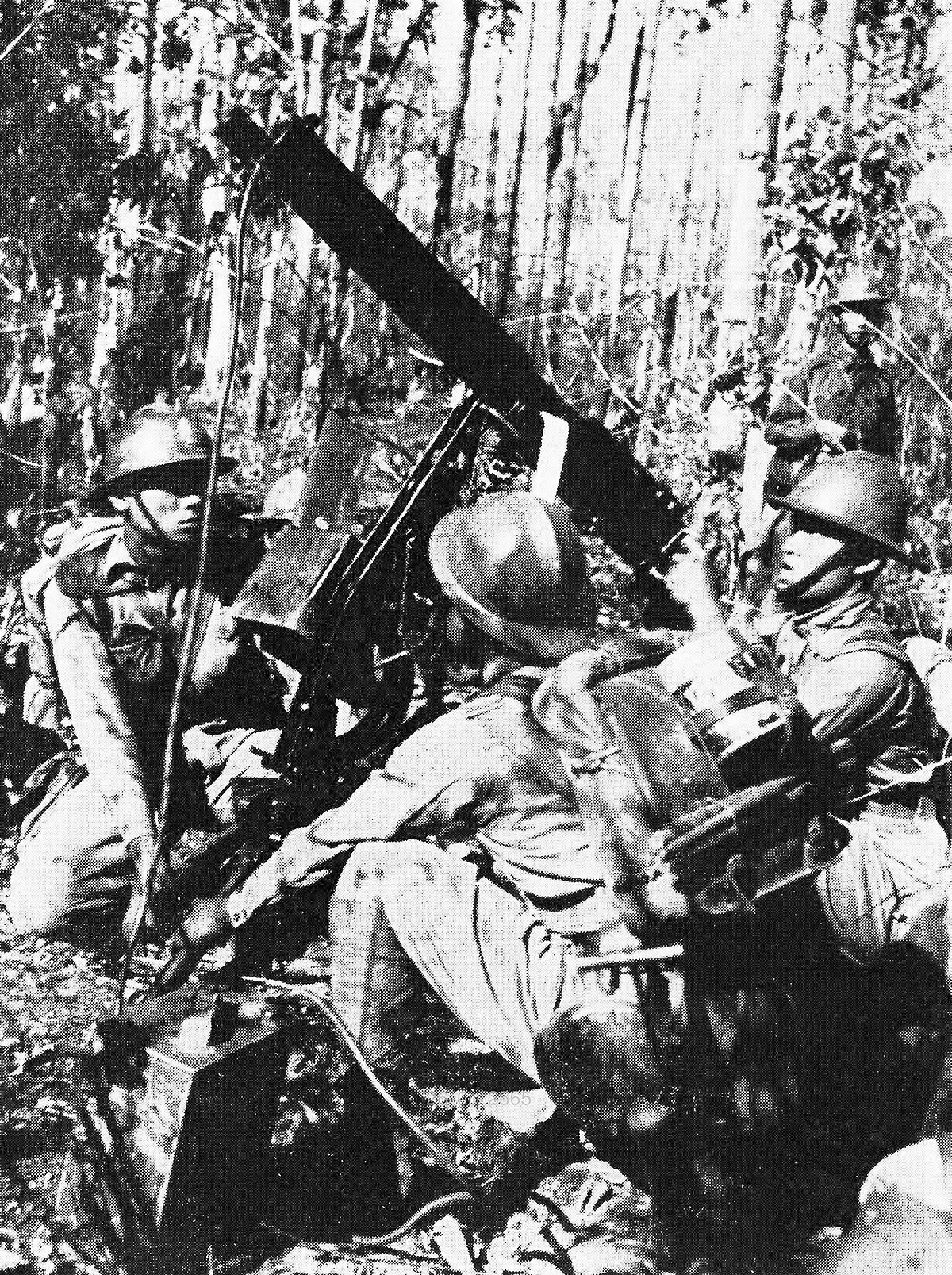
Thailand in World War II
ThailandAfter the Franco-Thai war ended, the Thai government declared neutrality. When the Japanese invaded Thailand on 8 December 1941, a few hours after the attack on Pearl Harbor, Japan demanded the right to move troops across Thailand to the Malayan frontier. Phibun accepted Japanese demands after a brief resistance. The government improved relations with Japan by signing a military alliance in December 1941. Japanese armies used the country as a base for their invasions of Burma and Malaya.[63] Hesitancy, however, gave way to enthusiasm after the Japanese rolled their way through Malaya in a "Bicycle Blitzkrieg" with surprisingly little resistance.[64] The following month, Phibun declared war on Britain and the United States. South Africa and New Zealand declared war on Thailand on the same day. Australia followed soon after.[65] All who opposed the Japanese alliance were sacked from his government. Pridi Phanomyong was appointed acting regent for the absent King Ananda Mahidol, while Direk Jayanama, the prominent foreign minister who had advocated continued resistance against the Japanese, was later sent to Tokyo as an ambassador. The United States considered Thailand to be a puppet of Japan and refused to declare war. When the allies were victorious, the United States blocked British efforts to impose a punitive peace.[66]
The Thais and Japanese agreed that Shan State and Kayah State were to be under Thai control. On 10 May 1942, the Thai Phayap Army entered Burma's eastern Shan State, the Thai Burma Area Army entered Kayah State and some parts of central Burma. Three Thai infantry and one cavalry division, spearheaded by armoured reconnaissance groups and supported by the air force, engaged the retreating Chinese 93rd Division. Kengtung, the main objective, was captured on 27 May. Renewed offensives in June and November saw the Chinese retreat into Yunnan.[67] The area containing the Shan States and Kayah State was annexed by Thailand in 1942. They would be ceded back to Burma in 1945.
The Seri Thai (Free Thai Movement) was an underground resistance movement against Japan founded by Seni Pramoj, the Thai ambassador in Washington. Led from within Thailand from the office of the regent Pridi, it operated freely, often with support from members of the royal family such as Prince Chula Chakrabongse, and members of the government. As Japan neared defeat and the underground anti-Japanese resistance Seri Thai steadily grew in strength, the National Assembly forced out Phibun. His six-year reign as the military commander-in-chief was at an end. His resignation was partly forced by his two grandiose plans gone awry. One was to relocate the capital from Bangkok to a remote site in the jungle near Phetchabun in north-central Thailand. The other was to build a "Buddhist city" near Saraburi. Announced at a time of severe economic difficulty, these ideas turned many government officers against him.[68]
At war's end, Phibun was put on trial at Allied insistence on charges of having committed war crimes, mainly that of collaborating with the Axis powers. However, he was acquitted amid intense public pressure. Public opinion was still favourable to Phibun, as he was thought to have done his best to protect Thai interests, specifically using alliance with Japan to support the expansion of Thai territory in Malaya and Burma.[69]
